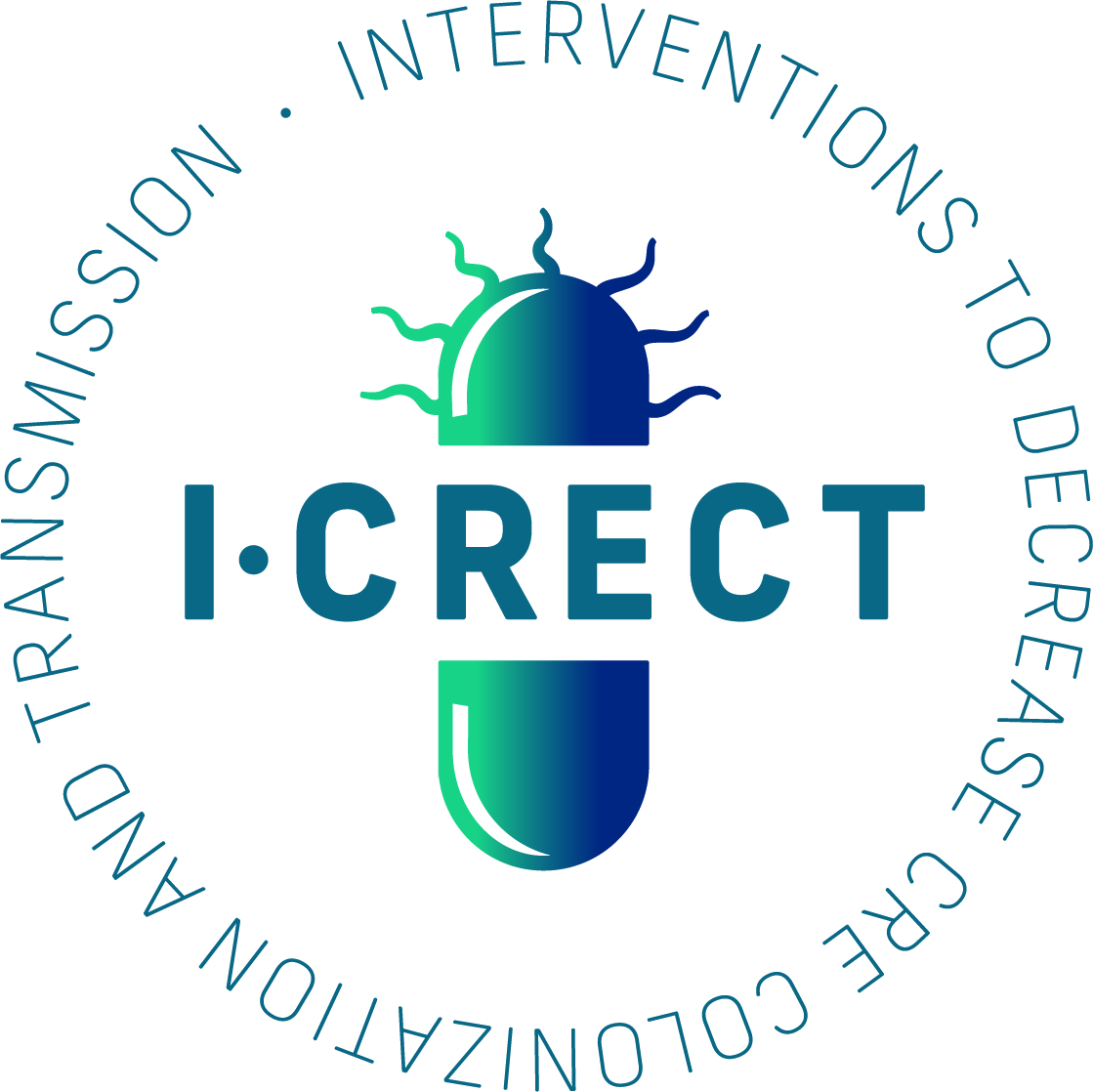TRUNG TÂM NGHIÊN CỨU Y TẾ CÔNG CỘNG VÀ HỆ SINH THÁI
CENTER FOR PUBLIC HEALTH AND ECOSYSTEM RESEARCH
CENPHER

Antimicrobial resistance (AMR) is a global burden with a One Health perspective as the spread of AMR bacteria in humans, animals, and the environment causes increased mortality and morbidity among humans which results in higher economic costs. WHO has declared carbapenem-resistant Enterobacteriaceae (CRE) to be on the priority one list pathogens (WHO 2017). However, since colistin is a last resort antibiotic with effect on CRE will all CRE isolates be tested for colistin susceptibility on selective agar plates. Colistin resistant Enterobacteriaceae (CoRE) is important to monitor from a One Health perspective since CoRE has been described to be transmitted from animals to farmers, probably due to misuse of colistin as animal growth promoters.
Hospital CRE transmission causes a high burden of hospital acquired infection (HAI), mortality and health care costs in Low and Middle-Income Countries such as Vietnam. The CRE colonization of patients discharged from hospitals is a source of transmission to household members and the community. In these settings, measures such as hospital admission screening and cohort care are essential to decrease in-hospital transmission but might not be sufficient to prevent common CRE spread in society. Hence, in addition to hospital screening, assessing CRE colonisation status at discharge and informing patients about their CRE colonisation status, as well as how to prevent household and near environment transmission, and hygiene measures that might be effective to prevent spread. Information about CRE colonisation, disease and measures to prevent transmission, and the risk of unnecessary antibiotic use may empower patients and household members to actively prevent transmission.

The overall aim is to reduce and evaluate transmission of CRE from discharged patients to household members, community, livestock and the environment. To assess relatedness of isolates in different one health departments, including transmission of colistin resistance from animals to humans. In a cluster randomized controlled trial, the effect of a bundle of interventions will be assessed on CRE transmission from CRE+ index patients discharged from hospital to household members. An information, communication, education and hygiene intervention, developed in collaboration with local health authorities, will aim to improve hygiene and decrease antibiotic use. The effect will be evaluated on:
If transmission of CRE +/- CoRE (common among livestocks) is detected, the source will be investigated including livestock and food, targeted information will be given and evaluated. In hospitals the effect of cohort care will be assessed on:
Mechanisms of resistance, relatedness of CRE isolates in different One Health departments, and rate of CRE transmission from humans to animals and vice versa, will be assessed through Whole Genome Sequencing (WGS).